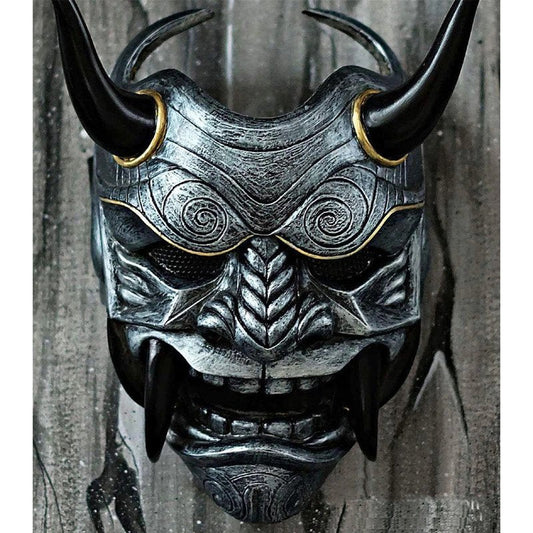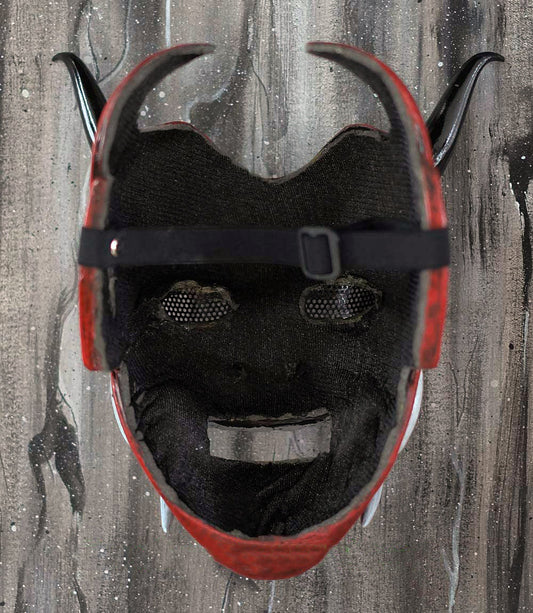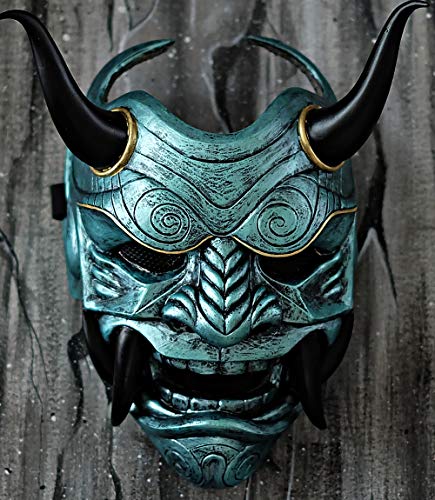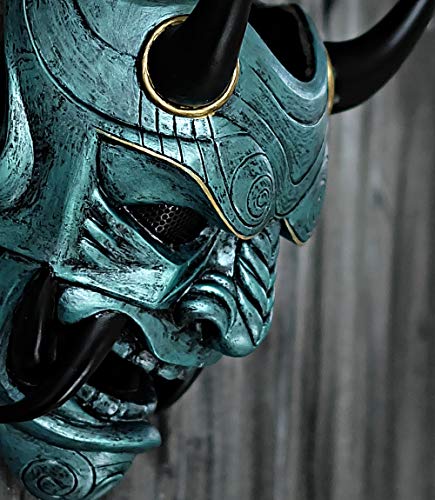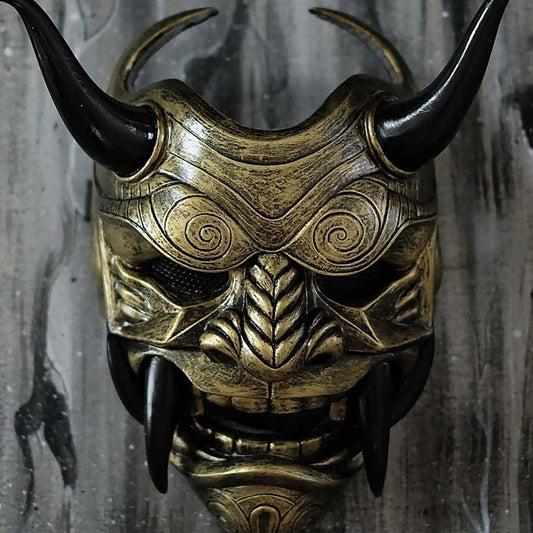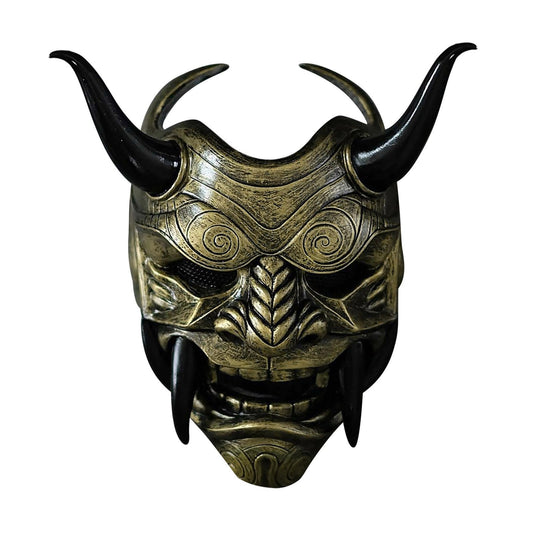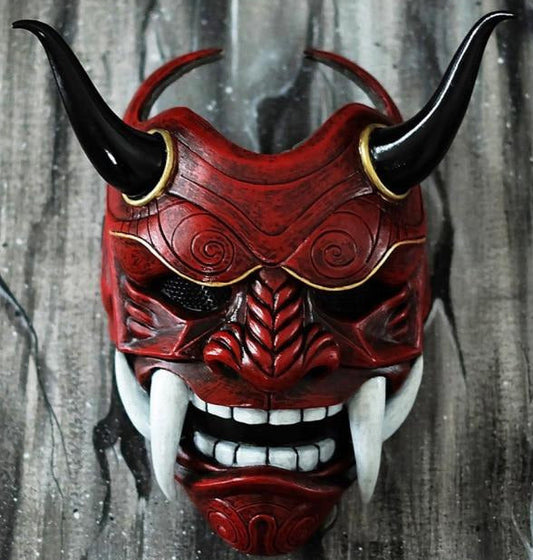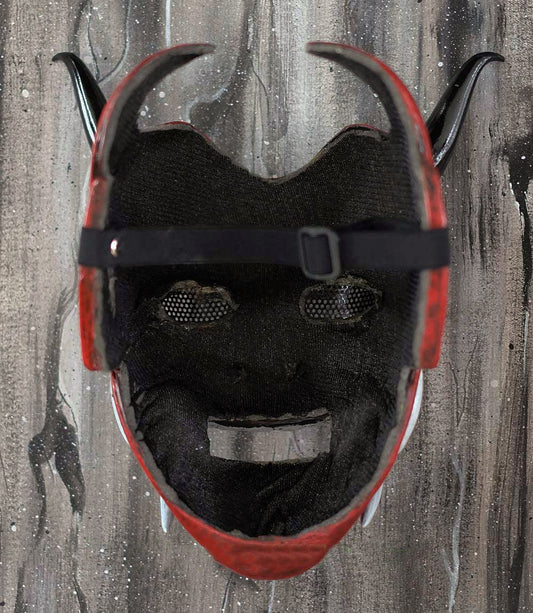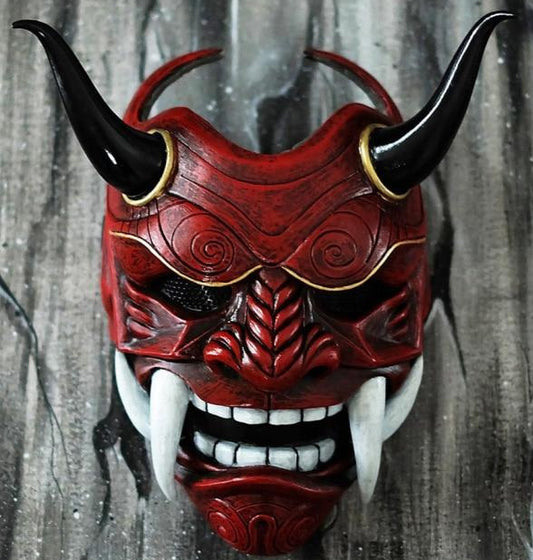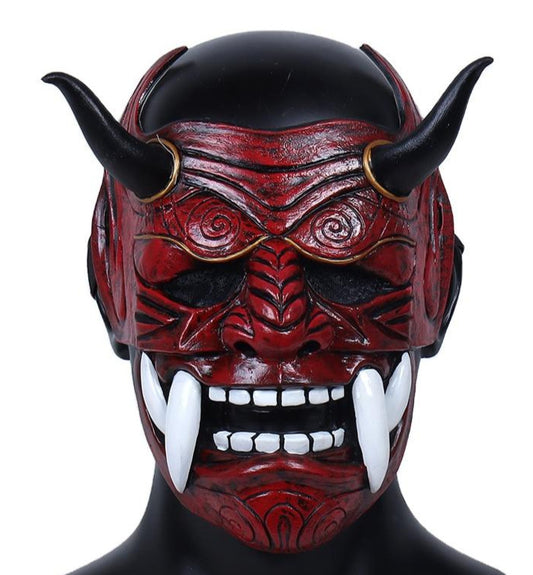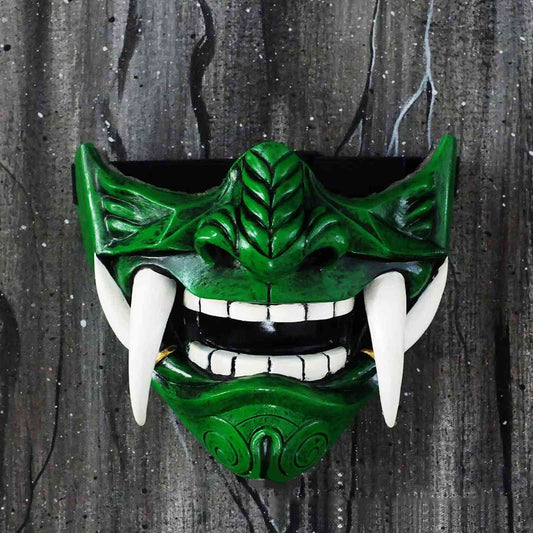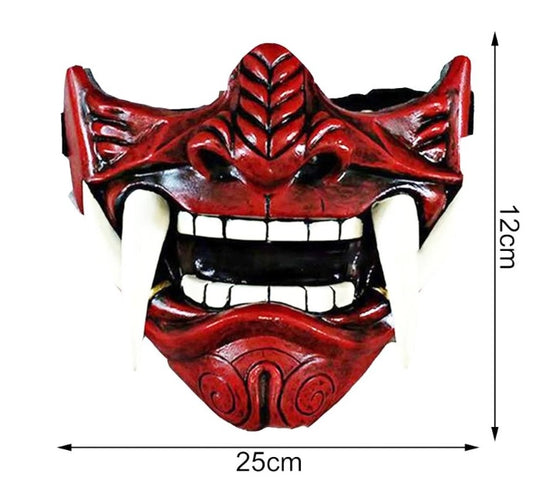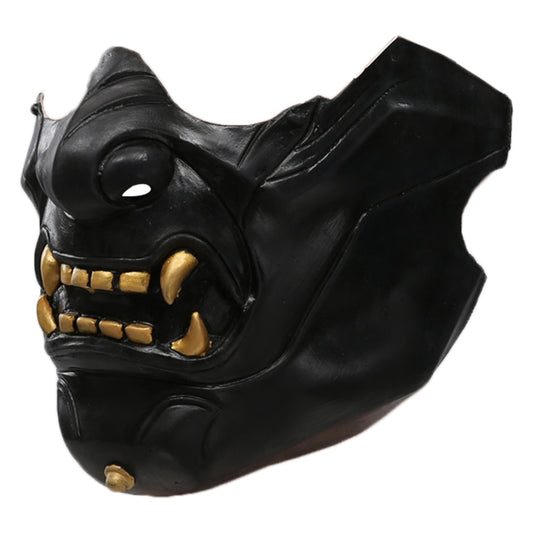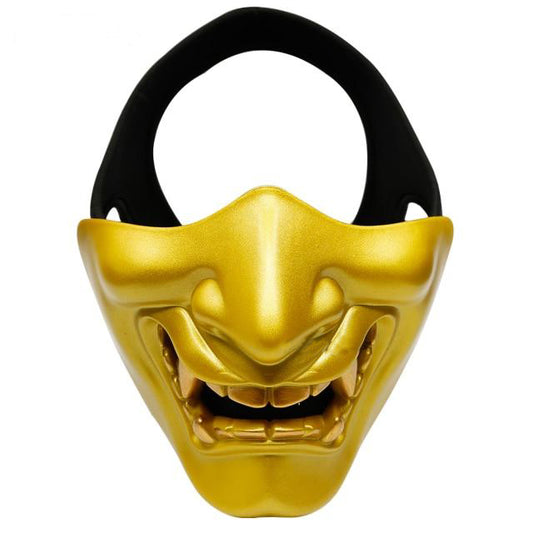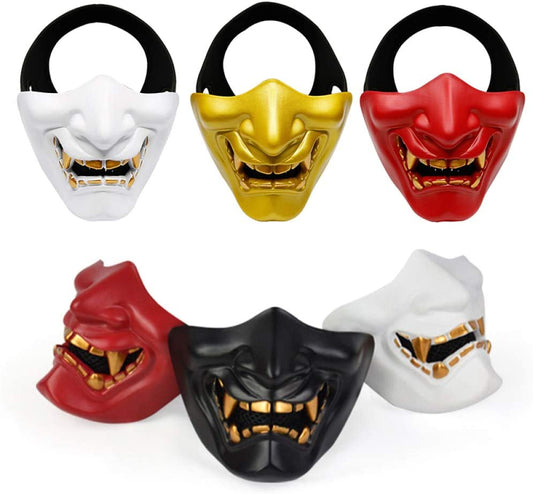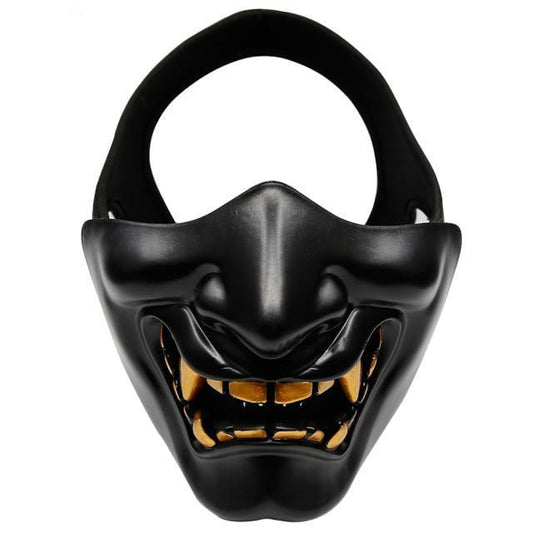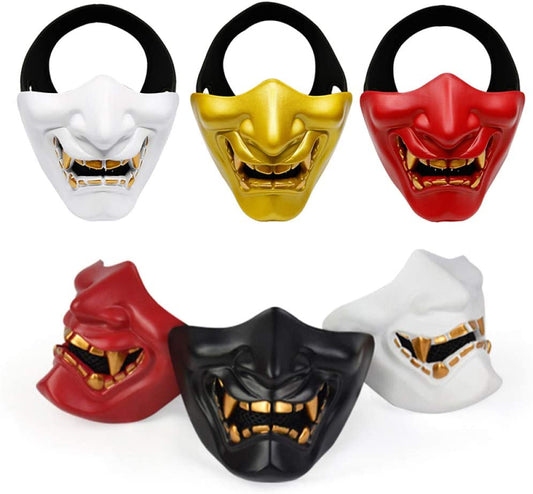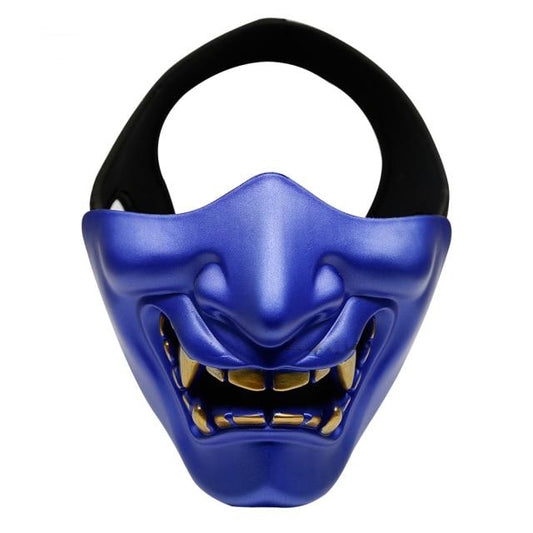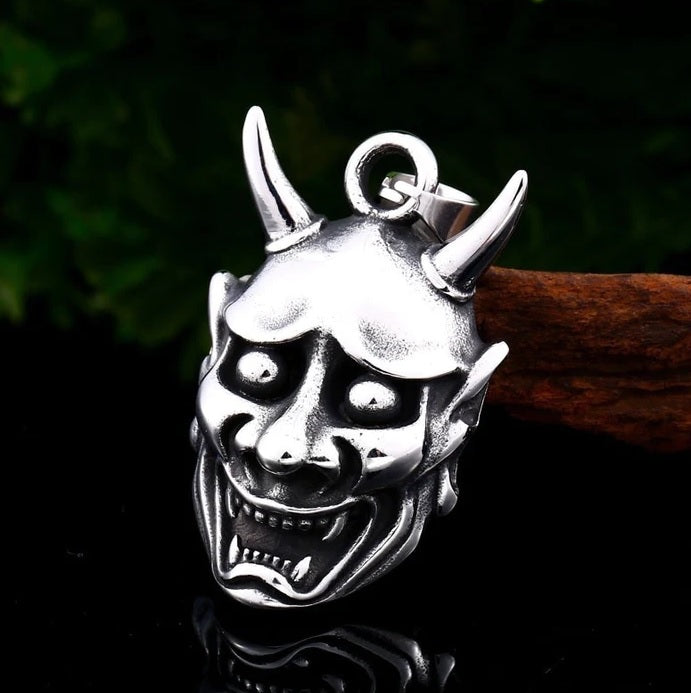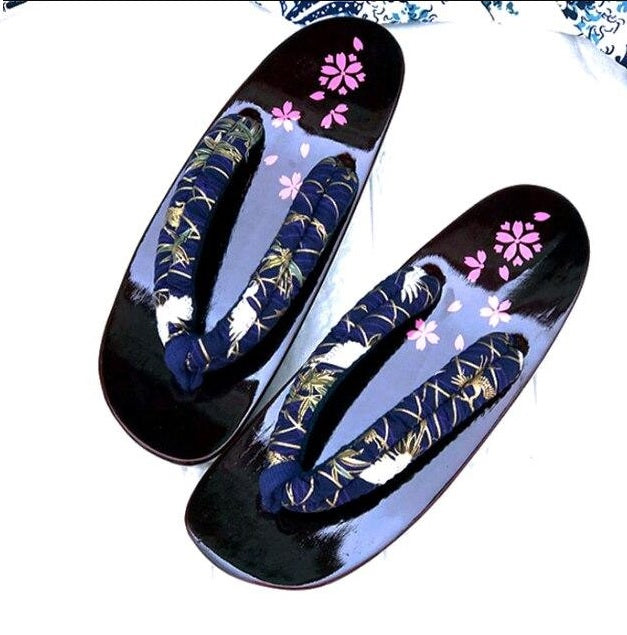Premium Fiberglass Oni Masks
-
Gray Oni Mask - HQ Fiberglass
Regular price $179.99 USDRegular priceUnit price per$265.99 USDSale price $179.99 USDSale -
Blue Oni Mask - HQ Fiberglass
Regular price $179.99 USDRegular priceUnit price per$265.99 USDSale price $179.99 USDSale -
Golden Oni Mask - HQ Fiberglass
Regular price $179.99 USDRegular priceUnit price per$265.99 USDSale price $179.99 USDSale -
Japanese Oni Mask - HQ Fiberglass
Regular price $179.99 USDRegular priceUnit price per$265.99 USDSale price $179.99 USDSale
All Oni Masks
-
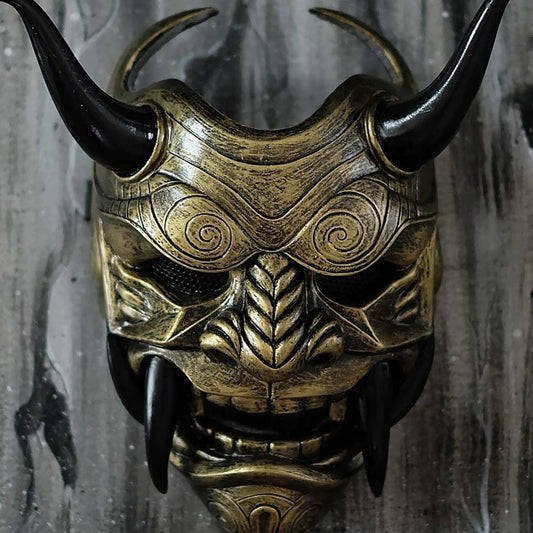
 Sale
SaleOgre Oni Mask
Regular price $49.99 USDRegular priceUnit price per$99.99 USDSale price $49.99 USDSale -
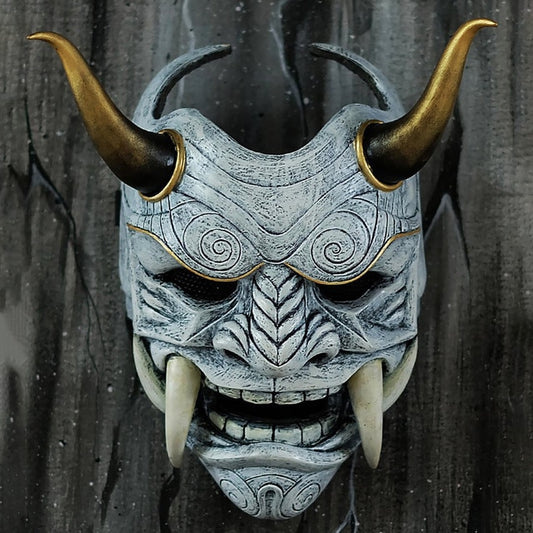
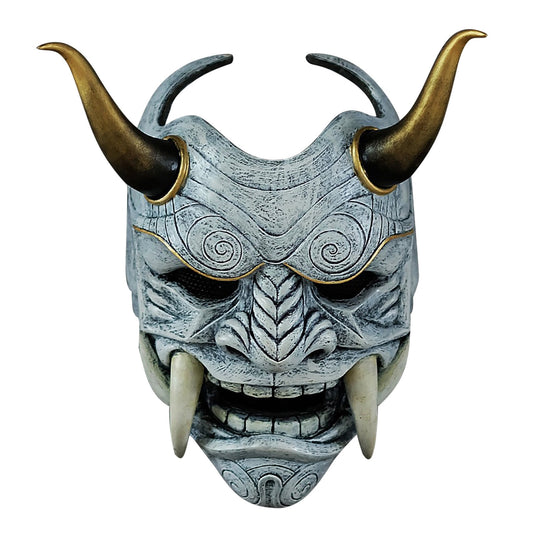 Sale
SaleTraditional Oni Mask
Regular price $37.99 USDRegular priceUnit price per$64.99 USDSale price $37.99 USDSale -
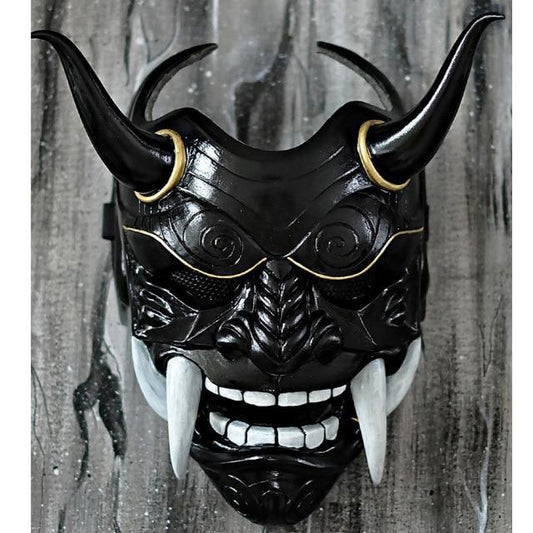
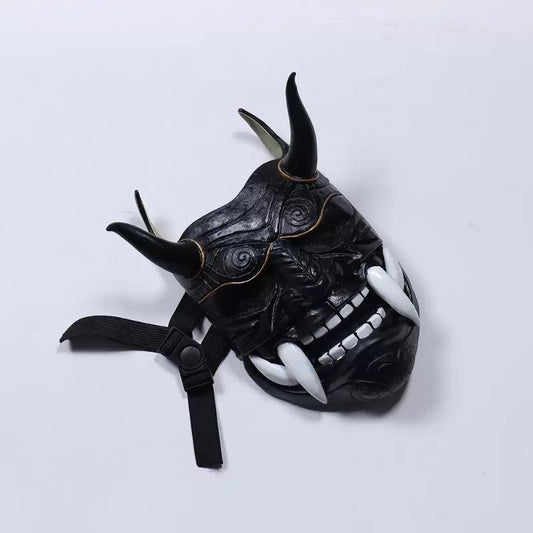 Sale
SaleBlack Oni Mask
Regular price $37.99 USDRegular priceUnit price per$64.99 USDSale price $37.99 USDSale -

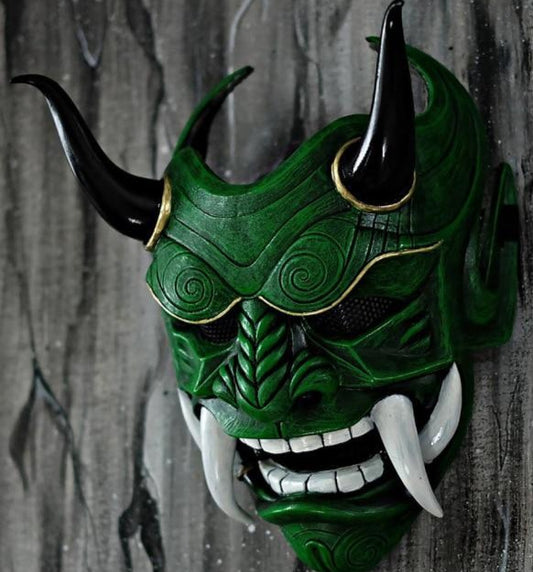 Sale
SaleGreen Oni Mask
Regular price $37.99 USDRegular priceUnit price per$64.99 USDSale price $37.99 USDSale -
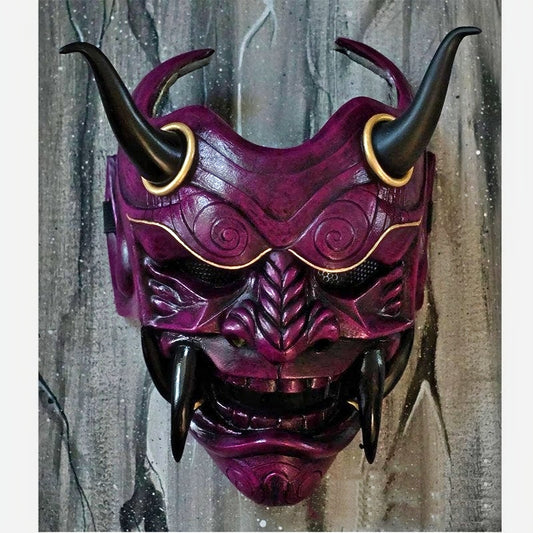
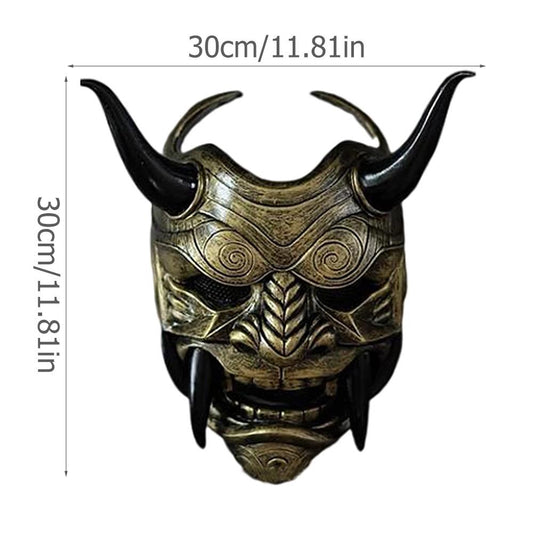 Sale
SaleDemon Oni Mask
Regular price $49.99 USDRegular priceUnit price per$99.99 USDSale price $49.99 USDSale -
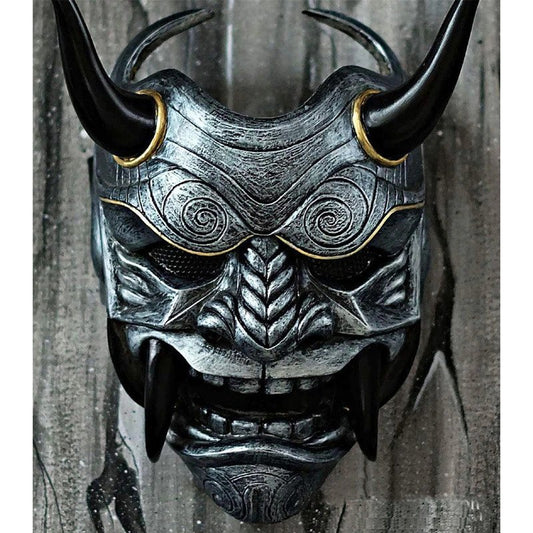
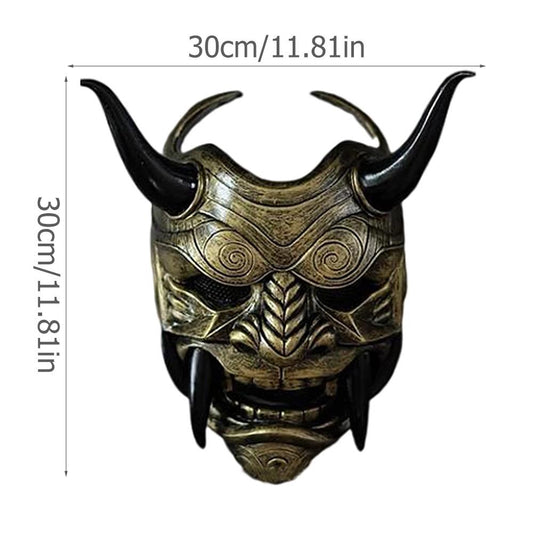 Sale
SaleGray Oni Mask
Regular price $49.99 USDRegular priceUnit price per$99.99 USDSale price $49.99 USDSale -
Traditional Japanese Oni Mask
Regular price $37.99 USDRegular priceUnit price per$64.99 USDSale price $37.99 USDSale -
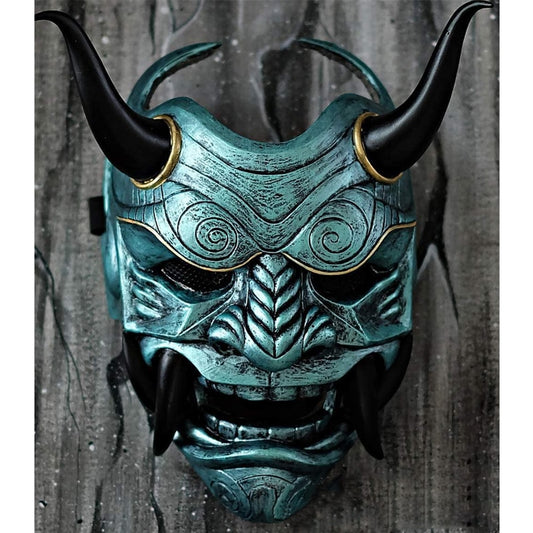
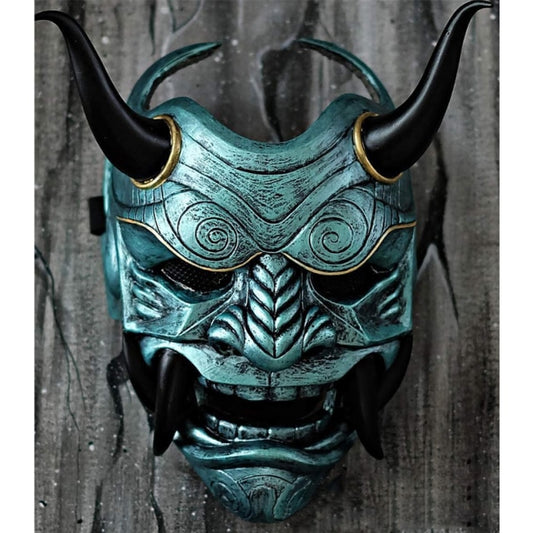 Sale
SaleOni Face Mask
Regular price $49.99 USDRegular priceUnit price per$99.99 USDSale price $49.99 USDSale -
Green Warrior Half Mask
Regular price $39.99 USDRegular priceUnit price per$89.99 USDSale price $39.99 USDSale -
Blue Half face Oni Mask
Regular price $39.99 USDRegular priceUnit price per$89.99 USDSale price $39.99 USDSale -
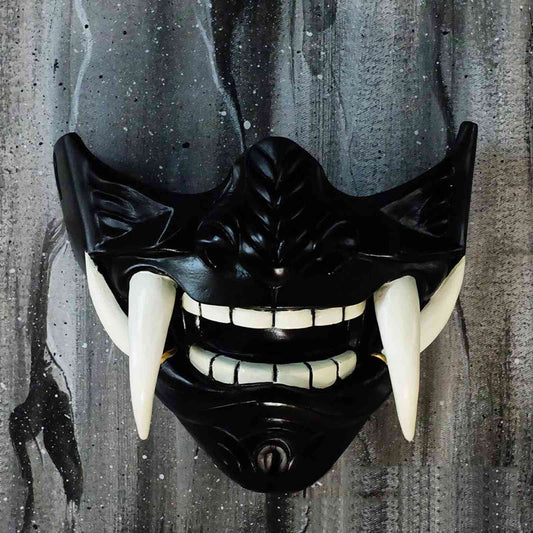
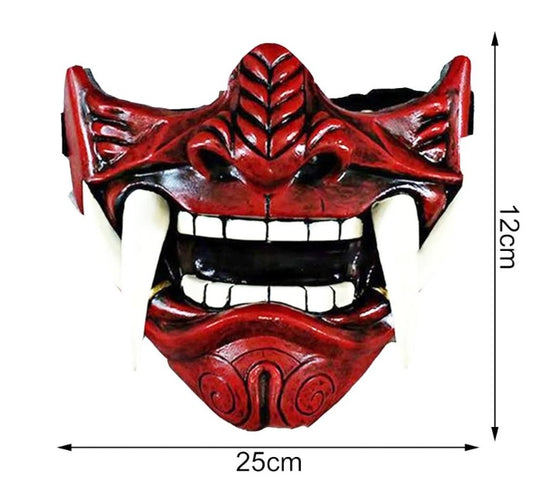 Sale
SaleOni Half Mask Black
Regular price $39.99 USDRegular priceUnit price per$89.99 USDSale price $39.99 USDSale -
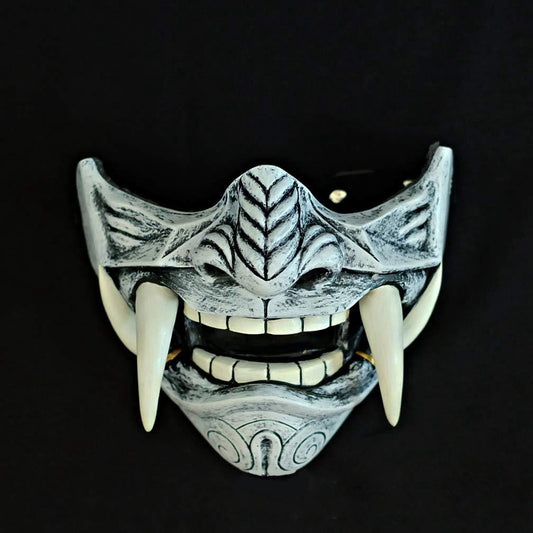
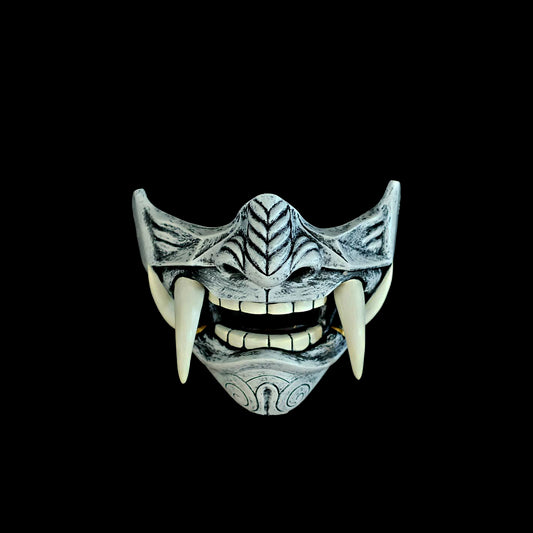 Sale
SaleWhite Oni Half Mask
Regular price $39.99 USDRegular priceUnit price per$89.99 USDSale price $39.99 USDSale -

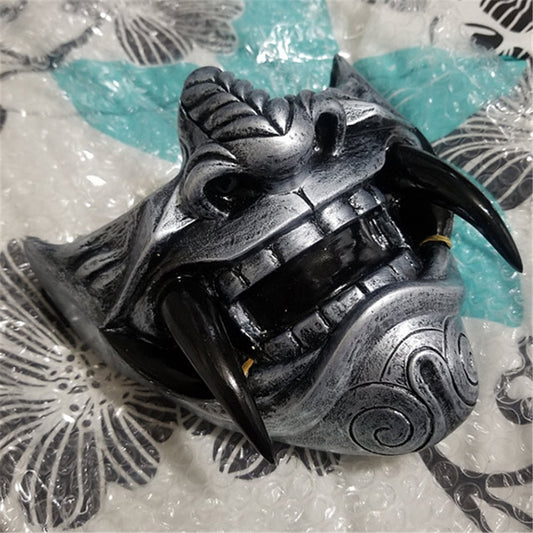 Sale
SaleOni Demon Half Mask
Regular price $39.99 USDRegular priceUnit price per$89.99 USDSale price $39.99 USDSale -
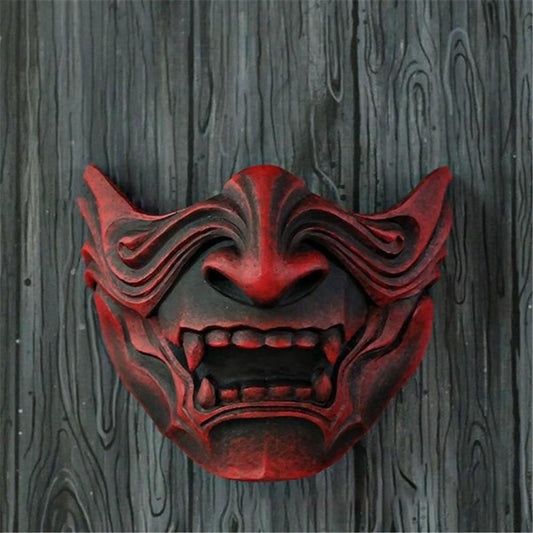
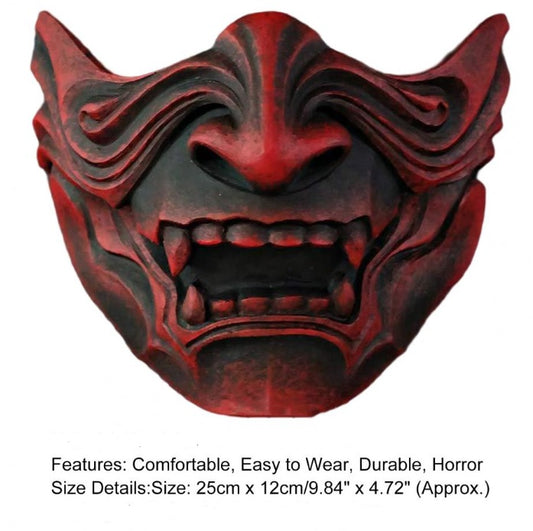 Sale
SaleHalf Red Oni Mask
Regular price $39.99 USDRegular priceUnit price per$89.99 USDSale price $39.99 USDSale -
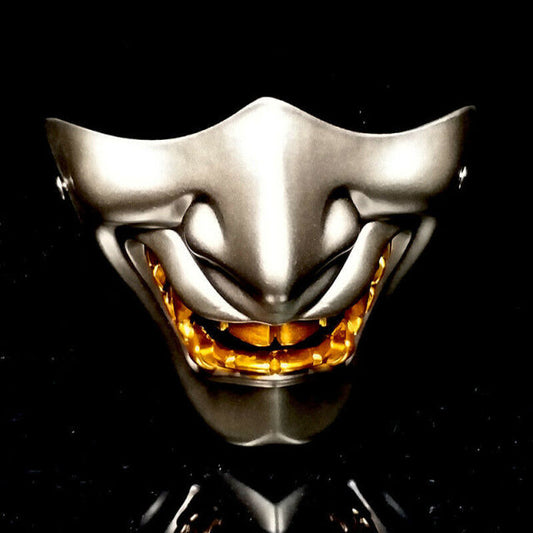
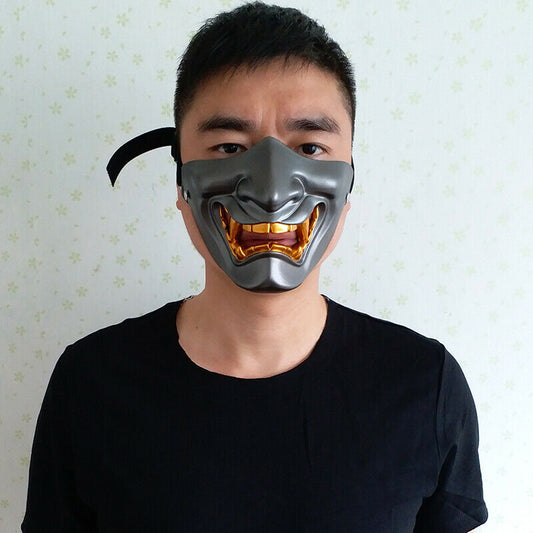 Sale
SaleSilver Oni Half Mask
Regular price $39.99 USDRegular priceUnit price per$89.99 USDSale price $39.99 USDSale -
Demonic Half Face Mask
Regular price $49.99 USDRegular priceUnit price per$99.99 USDSale price $49.99 USDSale -
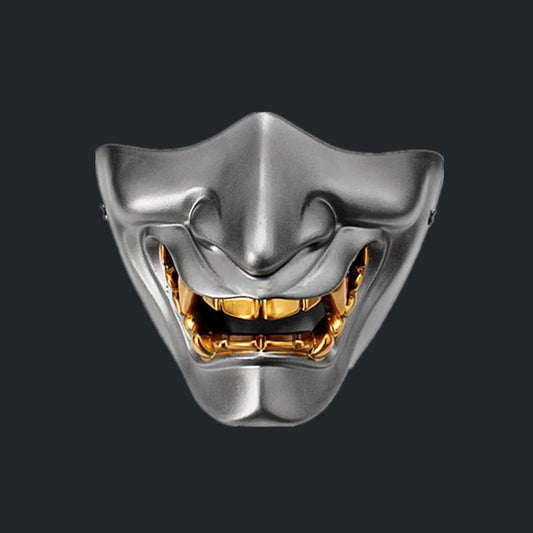
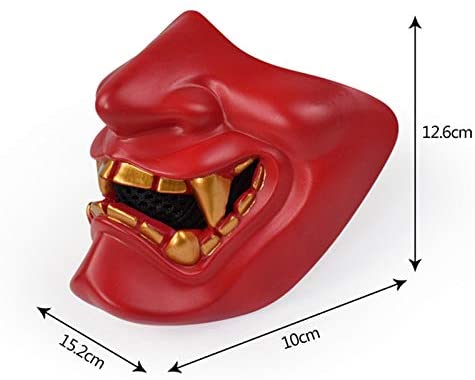 Sale
SaleGrey Oni Half Mask
Regular price $39.99 USDRegular priceUnit price per$89.99 USDSale price $39.99 USDSale -
Golden Half Face Oni Mask
Regular price $39.99 USDRegular priceUnit price per$89.99 USDSale price $39.99 USDSale -
Black Airsoft Oni Mask
Regular price $39.99 USDRegular priceUnit price per$89.99 USDSale price $39.99 USDSale -
Blue Half Face Demon Mask
Regular price $39.99 USDRegular priceUnit price per$89.99 USDSale price $39.99 USDSale
See Our Other Best Selling Products Also
-
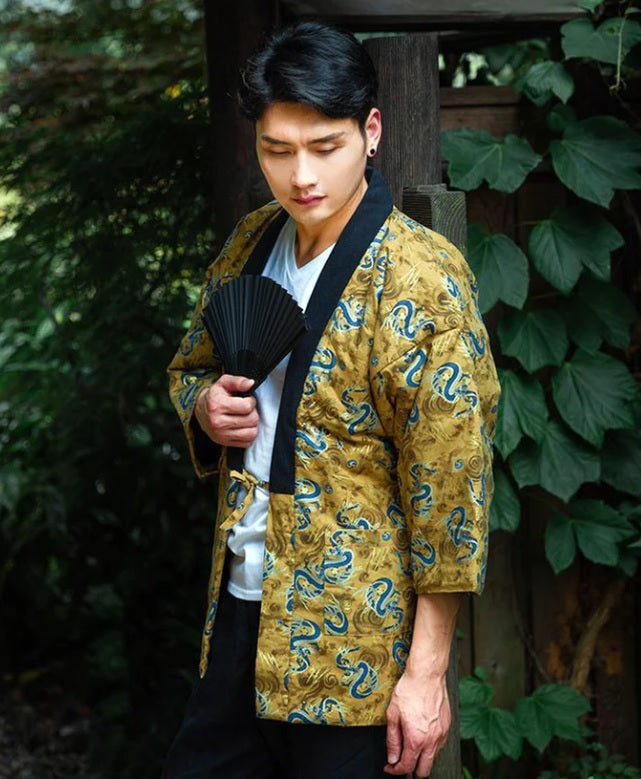
Hanten - The Japanese Hanten Jackets or Hanten Coats
What is a Japanese Hanten Jacket? The Hanten jacket, also known as...
-
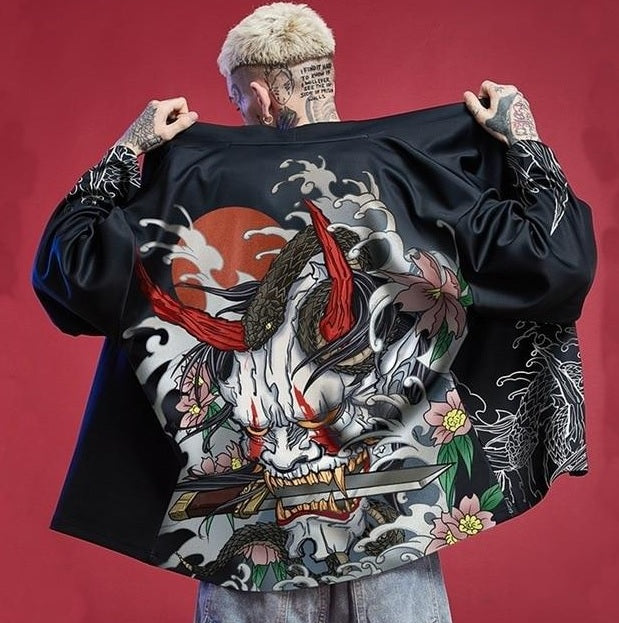
Buy a Haori - Traditional Japanese Haoris - Upto 50% OFF
Haori (羽織) is traditional Japanese Kimono-styled jacket with no collars, and broad sleeves. They...
-
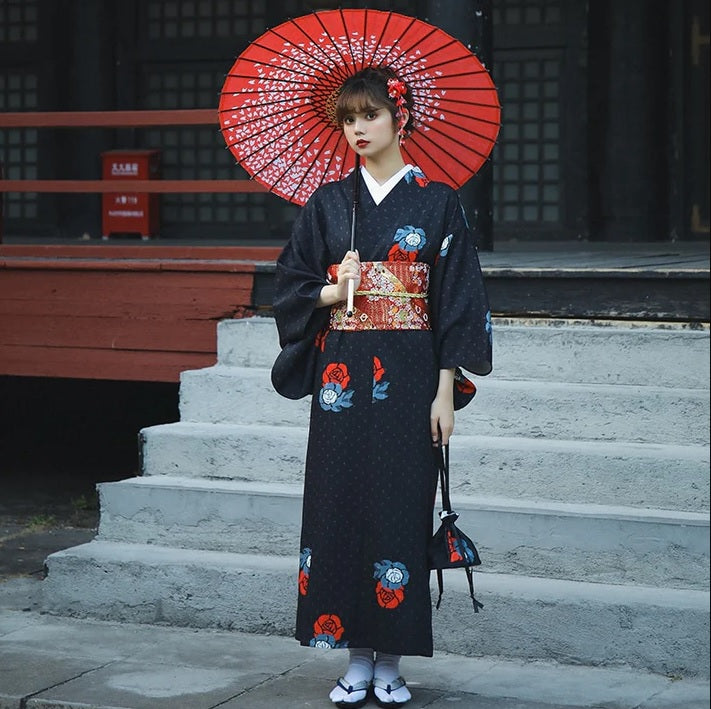
Kimono - Traditional Japanese Kimono Dresses
What is a Kimono Dress? Kimono Dress is a Traditional Japanese Dress...

